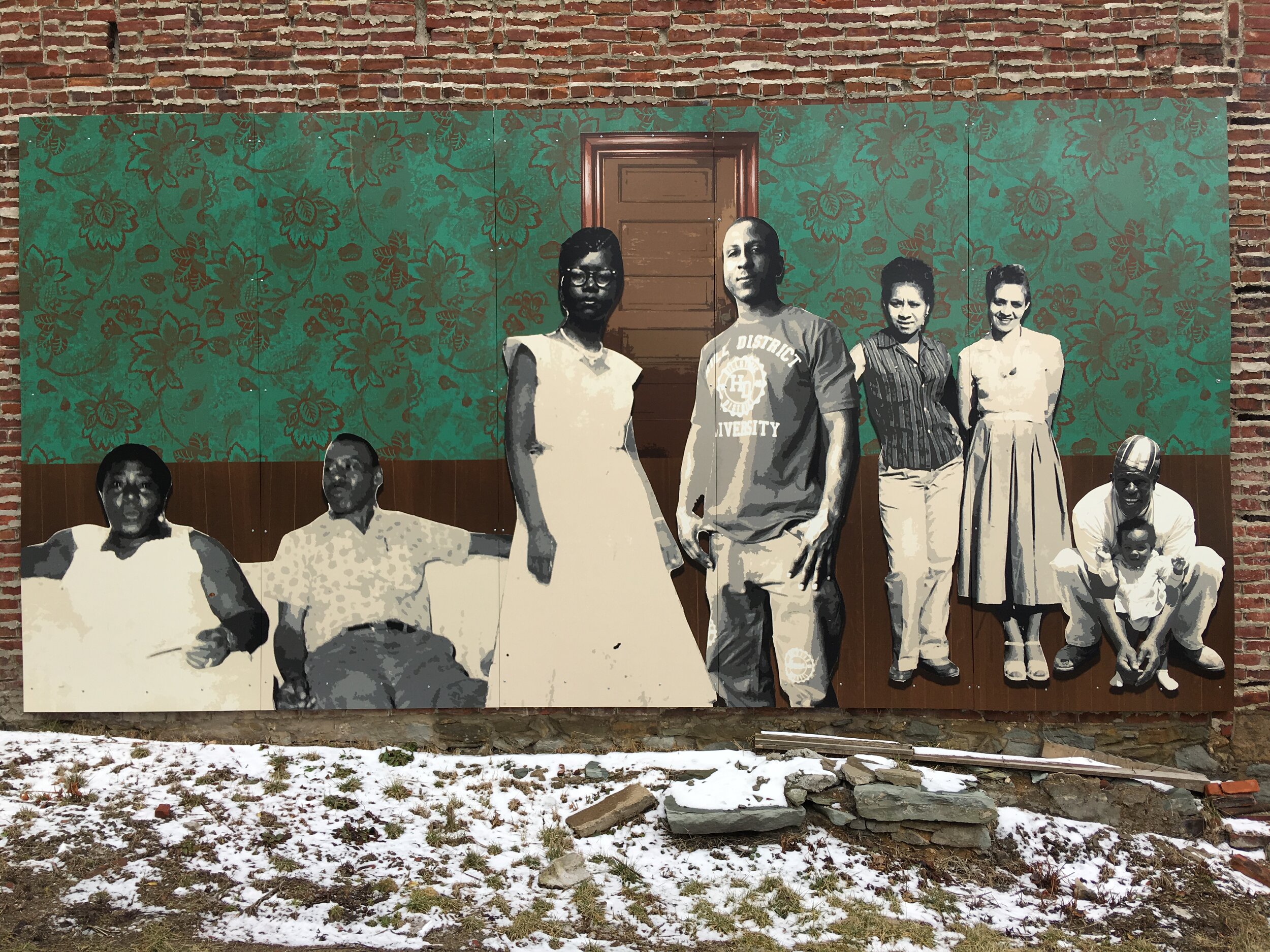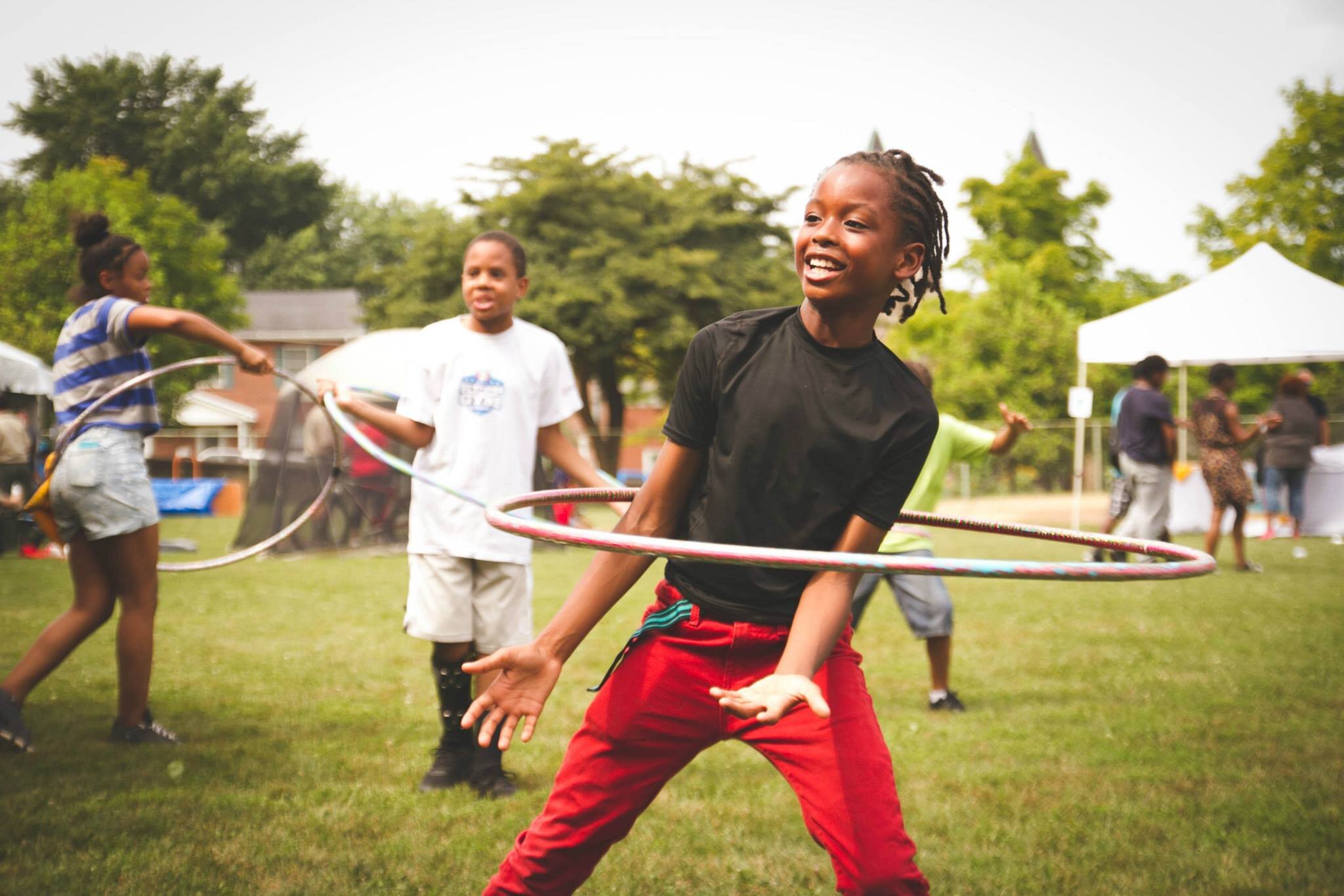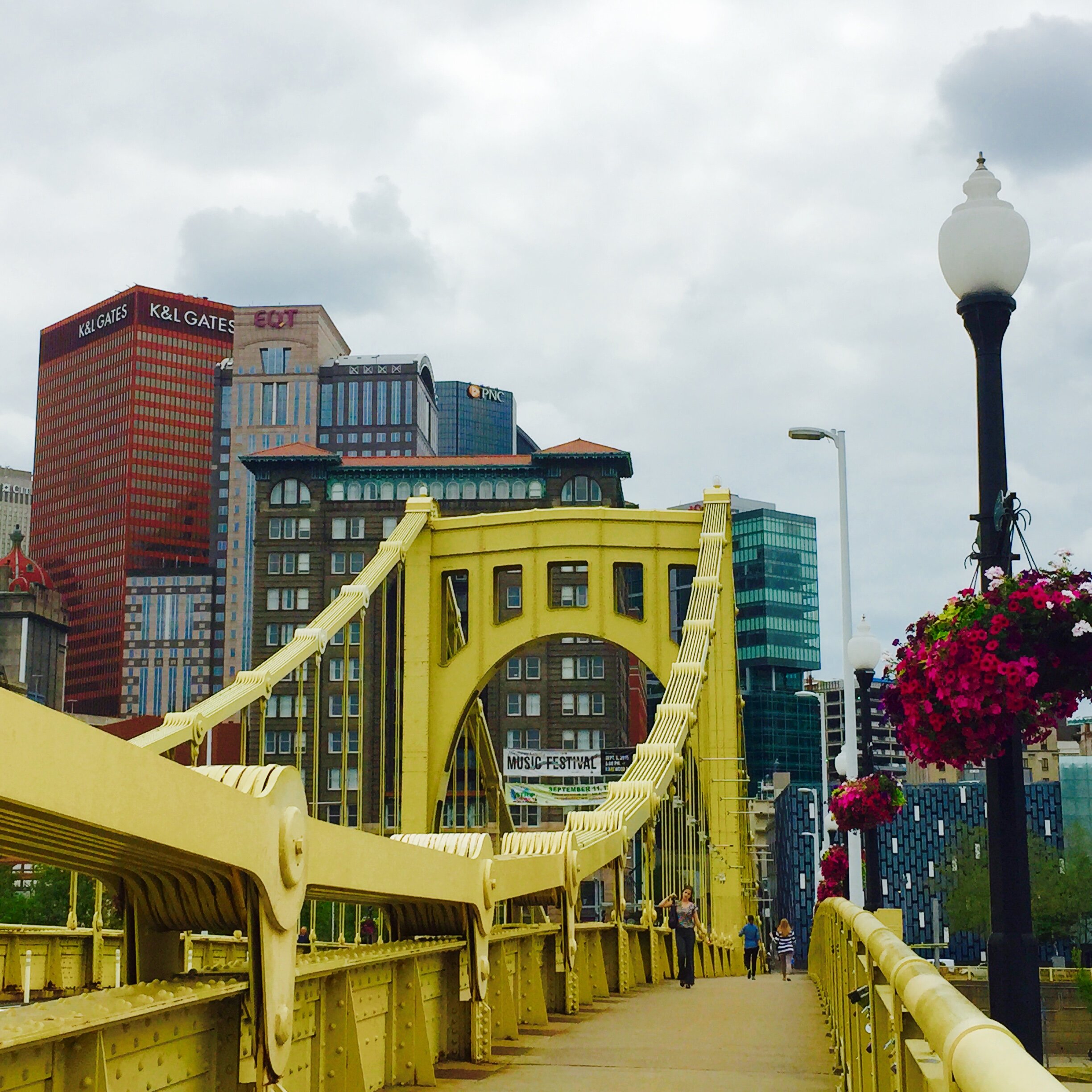A Just Public Realm for Pittsburgh:
Investing in Civic Infrastructure
A Just Public Realm for Pittsburgh was a six-month planning process to develop a clear and transparent framework for investing in the public realm of Pittsburgh in a just and equitable manner. For the purposes of this study, the geography of Pittsburgh’s public realm is defined as public spaces within the metropolitan region, city of Pittsburgh and its neighborhoods. The Heinz Endowments (“THE”) receives funding requests from government and non-profit entities throughout the Pittsburgh region to support the development, rehabilitation and restoration of public parks, plazas and playing fields and recognizes the importance of public space to neighborhoods and their benefit to residents and visitors. The multitude of public realm projects has made THE consider the need for a comprehensible vision and set of value-based indicators to drive success and assess the impacts of these projects on Pittsburgh’s global identity, as well as neighborhood and community life.
THE’s internal public realm team, in tandem with urbanAC, has worked to define what public realm means to THE, identify values, challenges, and metrics criteria related to the foundation’s public realm investing, and articulate a vision statement that can serve a guide for the projects THE supports. The work is rooted in precedents that include the Just City Index, developed by the Just City Lab, the p4 Performance Measures, THE Just Pittsburgh narratives, and other public space frameworks.
The scope of the six-month planning efforts included:
Convening a Public Realm Cohort: THE convened a public realm committee among its program staff, including representatives from each of the foundation’s core program areas including Sustainability, Creativity, and Learning. In addition to this internal team, four focus group sessions were held with over 40 people representing nonprofits, residents and public officials to promote candid dialogue, insight, and advice on how to structure a vision and related indicator measurements.
Defining Today’s Public Realm: As defined by the cohort, Pittsburgh’s public realm consists of the region’s natural features (including waterways), neighborhood parks, plazas, recreation fields, vacant lands with potential to become useful open spaces, streets, sidewalks, and alleyways, the spaces between buildings, and civic infrastructures. Furthermore, the public realm consists of everyday spaces throughout the region where people of difference find themselves in proximity to one another – either anonymously or by intention. In addition to the different types of spaces that represent the public realm, important non-spatial elements of a healthy public realm include the intentional consideration of programming, wellbeing, quality of aesthetics, and diverse participation in planning and use.
Prioritizing Today’s Public Realm Challenges: There are a number of challenges to consider when assessing the degree to which the public realm impacts the lives of those who interact with it including one’s ability to feel safe and well-protected, equitable placement and ease of getting to the space, diversity of decision-makers who control open space, diversity of users, and minimizing the negative impacts of neighborhood changes in population and real estate values as a result of public realm improvements.
Establishing Public Realm Values for Pittsburgh: In 2015, THE’s senior leadership with Griffin and the Luma Institute workshopped and defined a set of Just Pittsburgh values that would guide and focus their program areas and investing. Culled from THE’s Just Pittsburgh “Sweet 16” values list, THE program staff identified the top eight values they deemed essential to addressing public realm challenges. These values are authenticity, voice, ownership, health, access, diversity, participation, and equity. Five additional values the cohort identified as essential to consider when engaging in public realm work are stewardship (shared humanity, reverence), community (welcoming, togetherness, fellowship), design excellence (innovation), restorative (safety, justice), and democracy (opportunity for free expression).
Future resources of The Heinz Endowments directed to public realm projects should be intrinsically connected to fulfilment of a shared vision for the public realm, embody THE’s values, and offer positive strategies to address the stated challenges.



